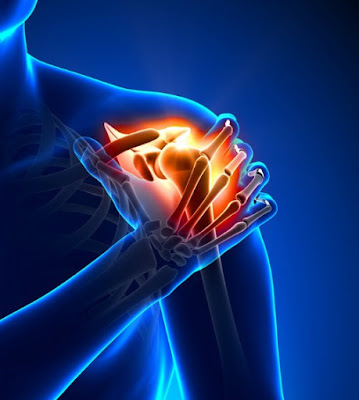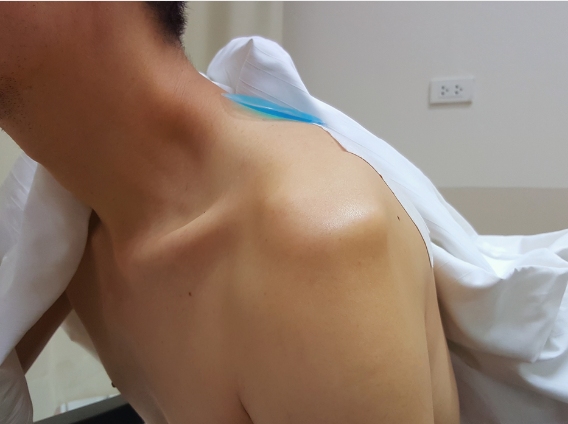Shoulder instability is a condition with a loose shoulder joint that shifts around the socket after some injury or damage. Sudden dislocation, slipping would lead to severe pain and inflammation in the shoulder joints. This is associated with shoulder instability. Athletes or sportspeople are often faced with shoulder instability.
Usually, shoulder instability can be treated with physical therapy, essential medication, and rehabilitation. However, for severe conditions, the doctor would recommend surgical management to treat shoulder instability. The surgery would differ based on the patient’s condition and focuses on tightening the shoulder ligaments that are loose.
Normally, the surgery depends on the condition or the severity of the patient’s shoulder. The surgeries would include arthroscopy, capsule shift surgery, bankart repair surgery, and latarjet surgical procedure. The doctor uses an arthroscope to identify and resolve shoulder instability.
The recovery period after surgery
Usually, shoulder instability can be treated with physical therapy, essential medication, and rehabilitation. However, for severe conditions, the doctor would recommend surgical management to treat shoulder instability. The surgery would differ based on the patient’s condition and focuses on tightening the shoulder ligaments that are loose.
Normally, the surgery depends on the condition or the severity of the patient’s shoulder. The surgeries would include arthroscopy, capsule shift surgery, bankart repair surgery, and latarjet surgical procedure. The doctor uses an arthroscope to identify and resolve shoulder instability.
The recovery period after surgery
Any surgery would require certain painkillers or relievers for a few days. These medications can treat the pain and provide the necessary comfort for the shoulder. The doctor would advise a sling for 5 days and would be asked to extend the period based on the patient’s condition.
Depending on the patient’s condition and the surgery performed, the doctor will recommend physical therapy after 5 days. This physical therapy is performed so as to strengthen the muscles, restore flexibility, and to strengthen the shoulders. The exercises would vary from resistance to strengthening so that the shoulder gets stabilized.
In the first 4-6 weeks, limits on the range of motion will be used to protect the repair. It is recommended to drive only after the first 6 weeks or when the sling is taken. However, heavy lifting and strenuous activities need to be avoided until 12 weeks. Sportspeople and athletes should avoid weightlifting for a minimum period of 16 weeks or as per doctor’s advice. Sports physical therapists could suggest exercises that would prevent injuries in the long run and help maximize performance.
To avoid re-injury and stabilize the shoulder, the doctor would recommend certain tips for the betterment of the shoulder. Ice packs can be used to treat pain and swelling. It is recommended to apply an ice pack daily for 15-20 minutes for a few days. With this and other physical therapies, the shoulder joint will not get stiff. The recovery period will vary based on the shoulder damage, however, the full recovery would definitely take several months.
Visit Us: chennaiorthopaedics.com
Mail Us : info.chennaiortho.com@gmail.com
Blog Reviewed By: Dr. Bharani Kumar Dayanandam
Book An Appointment : chennaiorthopaedics.com/book-appointment


















